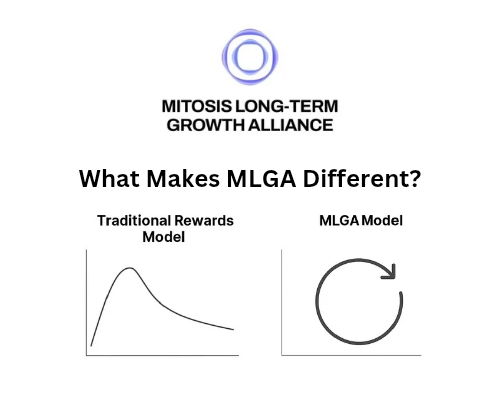Understanding Consensus Mechanisms in Blockchain
INTRODUCTION
Blockchain technology operates without a central authority, which raises an important question: How can thousands of computers around the world agree on the same version of the truth?
The answer lies in "consensus mechanisms". Protocols that enable decentralized of Trust to validate transactions, secure the ledger, and prevent fraud.
These mechanisms are the heartbeat of blockchain, ensuring that every transaction recorded is legitimate and that the network remains secure against attacks. Without them, decentralized finance (DeFi) and cryptocurrencies would not be possible.
Why Consensus Matters
In traditional finance, a bank verifies transactions and updates balances. In blockchain, no single entity is in control, so the network itself must agree on what’s valid. Consensus mechanisms solve three main challenges:
- Agreement: All nodes in the network must share the same history of transactions.
- Security: Preventing fraud, double spending, and malicious activity.
- Decentralization: Avoiding reliance on a single point of control.
Two Main Types of Consensus Mechanisms
While there are many consensus models, the two most prominent are Proof of Work (PoW) and Proof of Stake (PoS).
Proof of Work (PoW) – The Pioneer of Blockchain Security
How It Works:
- Miners compete to solve complex cryptographic puzzles using powerful computers.
- The first to solve the puzzle gets to add a new block to the blockchain.
- The winning miner receives a block reward (newly minted cryptocurrency) plus transaction fees.
-> Security Strength:
Very secure because altering the blockchain would require redoing the computational work for all subsequent blocks, which is practically impossible at scale.
->Drawbacks:
- High Energy Use: Mining consumes large amounts of electricity, often compared to the energy usage of small countries.
- Slower Throughput: PoW networks generally process fewer transactions per second compared to other mechanisms.
Example Networks: Bitcoin, Litecoin.
Proof of Stake (PoS) – The Energy-Efficient Upgrade
How It Works:
- Validators lock up (stake) a certain amount of cryptocurrency as collateral.
- The network randomly selects validators to confirm new transactions and propose blocks.
- If a validator acts dishonestly, part of their stake is slashed (taken away).
->Security Strength:
Attackers would need to own and risk a significant portion of the network’s total staked assets, making attacks expensive and unattractive.
->Benefits Over PoW:
- Energy Efficiency: Requires minimal energy compared to PoW.
- Speed & Cost: Transactions confirm faster and with lower fees.
- Scalability: Easier to handle more transactions per second.
->Drawbacks:
- Can lead to wealth centralization as those with more tokens have more influence.
- Relatively newer, so long-term resilience is still being tested.
Example Networks: Ethereum, Cardano, Solana.
Other Consensus Mechanisms Worth Knowing
- Delegated Proof of Stake (DPoS): Token holders vote for a small number of trusted delegates to validate transactions, increasing speed but reducing decentralization.
- Proof of Authority (PoA): A set of approved validators secure the network; used in private or consortium blockchains.
- Proof of History (PoH): it integrates time-stamping to sequence transactions efficiently.
Consensus in the Context of DeFi
In DeFi, activities like lending, borrowing, yield farming, and trading happen rapidly and across multiple protocols. A reliable consensus mechanism ensures:
- Transactions are recorded correctly.
- Smart contracts execute as intended.
- Funds cannot be double spent or moved without authorization.
Without robust consensus, decentralized apps (dApps) could not guarantee fairness or safety, undermining user trust.
The Transition from PoW to PoS in Ethereum
One of the biggest milestones in blockchain history was Ethereum’s transition from PoW to PoS in September 2022 (The Merge). This:
- Reduced Ethereum’s energy consumption by over 99%.
- Increased scalability potential.
- Encouraged other projects to consider PoS-like systems for efficiency.
Consensus mechanisms are the invisible infrastructure that keeps blockchains secure, decentralized, and functional. PoW laid the foundation by proving that a decentralized network could operate without trust in any single party. PoS and other newer mechanisms are now pushing blockchain toward a faster, greener, and more scalable future.
For anyone exploring blockchain or DeFi, understanding consensus is crucial because it’s the trust engine behind every transaction. Whether you are trading tokens, providing liquidity, or interacting with a dApp, the security and reliability of that interaction ultimately depend on the consensus model running the network.

Comments ()